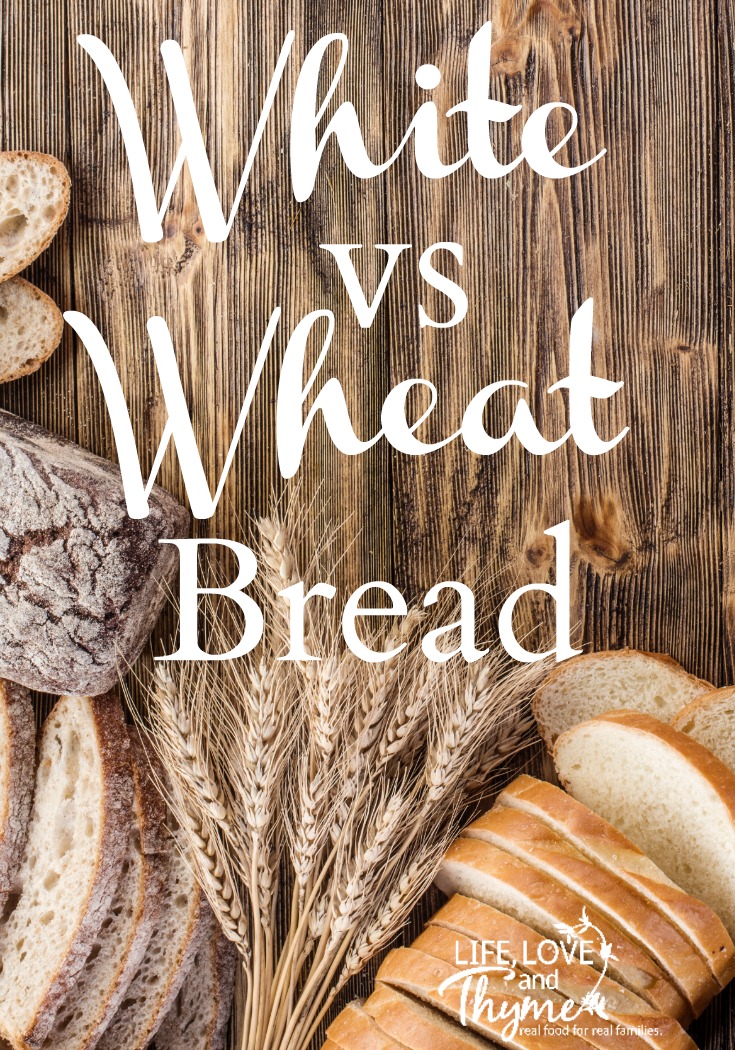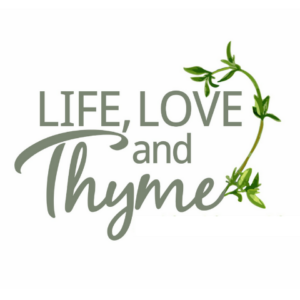Have you ever wondered, which should I choose, white vs wheat bread? I have too. There has been a lot of discussion on this subject. Especially when it comes to kids and their love for white bread. Let’s break it down.

White vs Wheat Bread
Bread’s main ingredient is flour. Flour comes from wheat grain kernels. These kernels are also called wheat berries because of the way they grow on top of the wheat plant.
Wheat kernels consist of three parts:
- Germ
This is the part of the kernel that causes the plant to germinate. It is also the part that holds the vitamin E and fat content of the kernel. - Endosperm
The endosperm is the largest part of the kernel. This is the place where the starch is stored. It also contains the highest amount of protein, carbohydrates, and a fair amount of minerals. - Bran
The hard, brown, outer layer of the wheat kernel is called bran. The bran holds all of the parts within the kernel. It also has the highest amount of fiber, is rich in good fats, and they also contain vitamin B.
When any food item is made, it comes with a shelf life. The same goes for flour. Through processing wheat into flour, folks discovered that if you remove the bran part of the kernel, the shelf life increases dramatically. Thanks to the removal of the bran, your flour now has a longer shelf life. But it has also taken on another characteristic. It is now considered white flour, which in turn creates white bread.
By removing the bran, the majority of the nutrients found in a wheat kernel are also removed. This is also referred to as processed or refined foods. When the shelf life is increased, we lose the nutritional value of our food source.
On one side of the table we have a loaf of bread that was made with white flour (or processed flour) and on the other side of the table we have a loaf of wheat bread made with wheat flour. The only difference between the two is that the bran has been left out of the white bread. Leaving this crucial part of the wheat kernel out of the flour only decreases the nutritional value… and this is all in exchange for a better shelf life.
Making the choice between white or wheat bread isn’t a tough one. Especially when you see how the nutritional value is stripped to make white bread. The battle comes when your children need to make this choice.
Teaching your kids how to eat healthy can be a bit of a journey, but it also includes a few parental tricks. Fortunately, I have some ideas to help to get your family to eat whole wheat bread instead of white bread.
Make Your Own
One way I get my kids to eat wheat bread is to make my own. After all, homemade always tastes better. Here are a couple of recipes that I rely on.
Great Harvest Honey Whole Wheat Bread Copycat Recipe
This very simple loaf of whole wheat loaf of bread will be devoured by your family if you let them. It is also easy to slice.
Although this is not a “bread” recipe, it is kid friendly and customizable. You can add just about anything to these muffins; blueberries, strawberries, nuts, peaches, and even chocolate chips for a bit of a treat. The use of buttermilk also adds great flavor.
If you have a bread recipe that calls for white flour (also called unbleached or bread flour) you can easily switch it out for whole wheat flour. I like to use King Arthur Whole Wheat Traditional Flour.
Using a bread machine also helps me keep fresh wheat bread in my house. You can throw the ingredients into the machine, walk away, and come back in a few hours to a freshly baked loaf of bread.
Now that you know the difference between white vs wheat bread, what do you choose?





